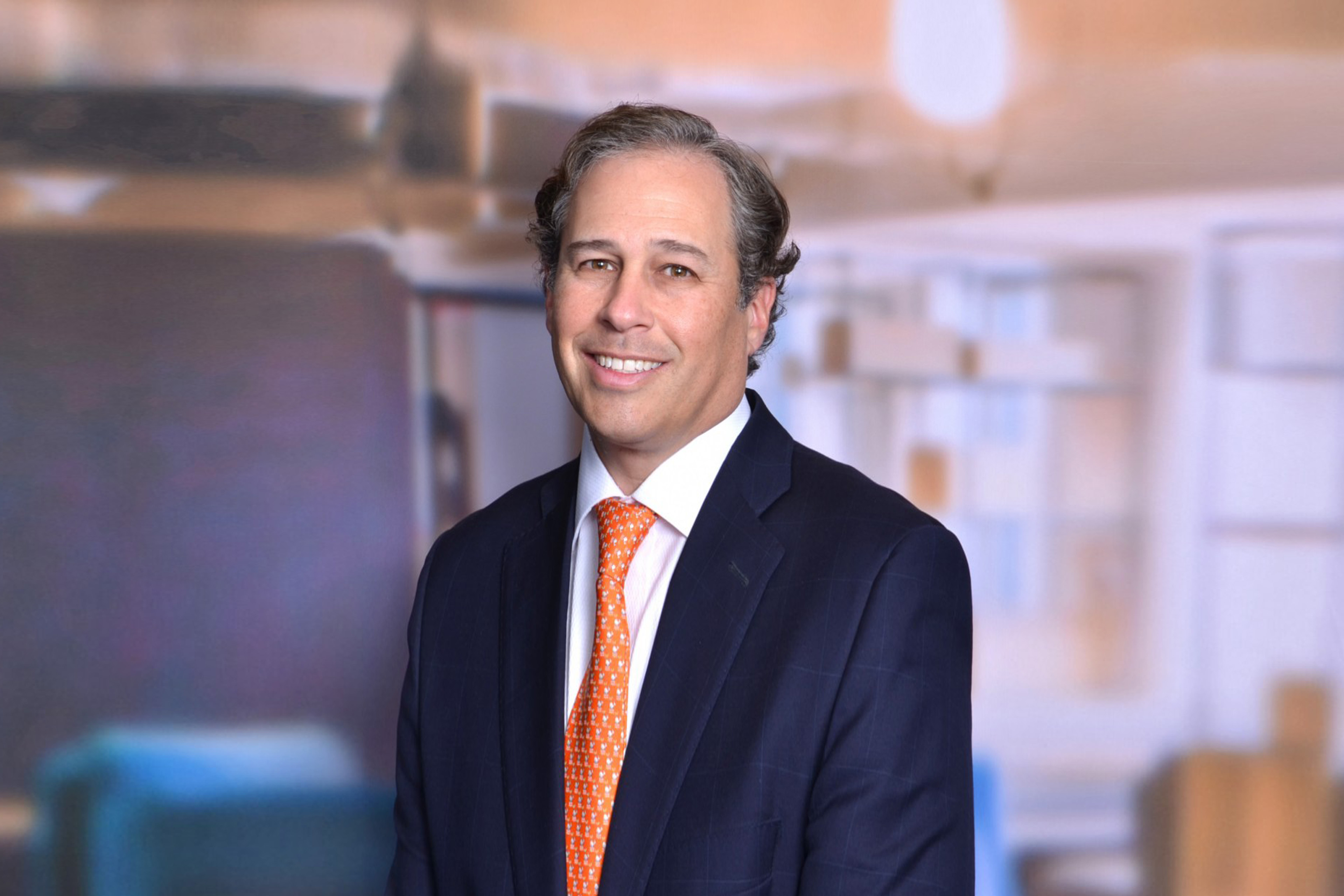EY refers to the global organization, and may refer to one or more, of the member firms of Ernst & Young Global Limited, each of which is a separate legal entity. Ernst & Young Global Limited, a UK company limited by guarantee, does not provide services to clients.
How EY can help
-
Our private client tax services team can help you maintain your business and personal goals while achieving full reporting compliance. Learn more.
Read more
The birth of the reconciliation process
Let’s go back in time to 1972. As part of his re-election platform, President Nixon pledged to veto bills with “excessive” government spending to avoid “higher taxes and more income‐eating inflation in the form of higher prices.” Nixon’s path to controlling Congress was through the impoundment process. The failure of the executive to spend the funds authorized by Congress created a constitutional crisis over the power of the purse.
Congress explored responses to Nixon’s embargo of other holes in the legislative process during hearings held in 1972. One such shortcoming discussed during those hearings was a need to have a supermajority to pass legislation. Out of the congressional hearings, the Congressional Budget and Impoundment Act was passed in which Congress added a new method of passing legislation: the reconciliation process. Under the reconciliation process, every expenditure generally must be offset by a revenue raiser during the budget window. At the time of its enactment, the reconciliation process was viewed as the last resort for Congress.
Senator Byrd, one the architects of reconciliation, noted that it was a supergag rule, “[s]o, we ought to take the utmost care in handling this legislative weapon.” Following Senator Byrd’s warnings, Congress adopted the “Byrd rule” in 1985 to make sure that reconciliation bills did not include provisions with merely incidental budgetary effect.




